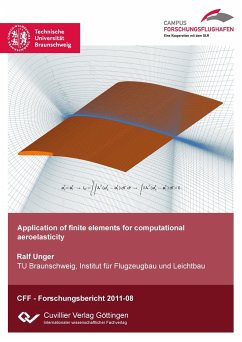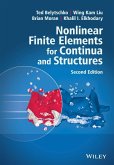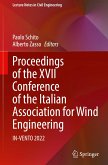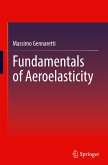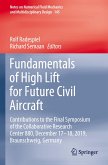In this thesis, a coupled multiphysical system is considered, whereas the focus is upon aeroelastic problems. For a consistent formulation of such coupled systems, an energy based variational formulation is chosen to describe initially the structural and ¿uid subsystem by Hamilton¿s principle. Both basic ¿uid model equations ¿ inviscid and viscous ¿uid models ¿ are employed by this weak variational energy principle. This procedure allows to describe the coupled problem by the classical direct two-¿eld approach as well as by a novel indirect three-¿eld approach. To discretize the entire system consistently with ¿nite elements, the CBS scheme is employed for the ¿uid domain described by the Navier-Stokes equation in ALE frame of reference. This allows the ¿uid domain to be temporally deformable, which is essential for aeroelastic computations. The CBS scheme is veri¿ed for a wide range of typical ¿uid problems ranging from inviscid, viscous, incompressible and turbulent ¿ows. A good agreement with data published in literature and with the further solver TAU are found, which underlines the applicability of the CBS scheme for di¿erent ¿uid ¿ow models. The DG-CBS scheme as a novel and attractive approach has been derived from the continuous version. One important advantage of the DG version is the design of the element edge ¿ux to be locally conservative. For the example of the laminar ¿ow over the NACA0012 airfoil as well as for the panel ¿utter problem, a comparison of the CBS and DG-CBS scheme is made on structured ¿uid grids including grid convergence studies. With biquadratic, more accurate results in terms of the ¿utter frequency are obtained with DG-CBS scheme. Moreover, no global system of linear equations needs to be solved at the computational expense of addidtional element edge ¿ux calculations with the DG version. This might be attractive for ¿uid grids with a high number of degrees of freedom.
Hinweis: Dieser Artikel kann nur an eine deutsche Lieferadresse ausgeliefert werden.
Hinweis: Dieser Artikel kann nur an eine deutsche Lieferadresse ausgeliefert werden.
